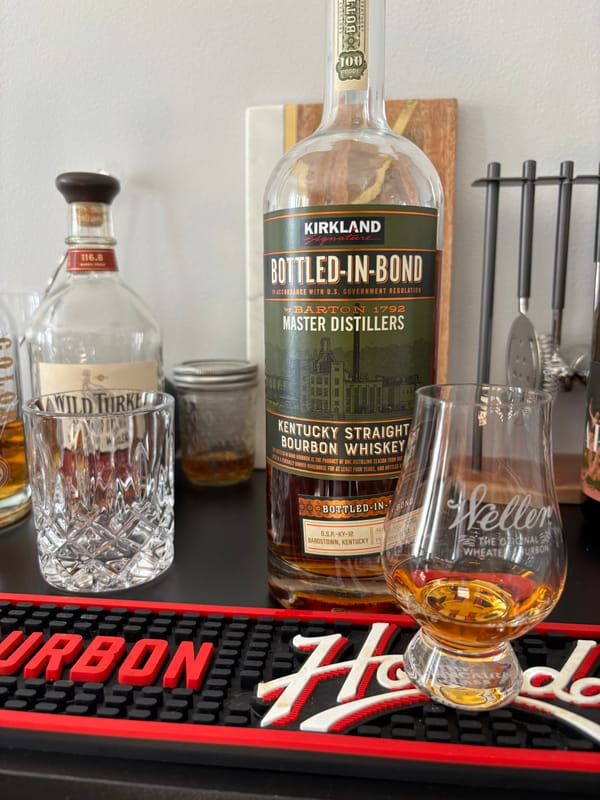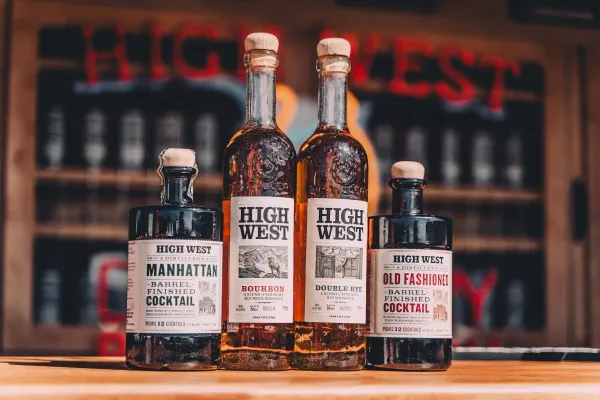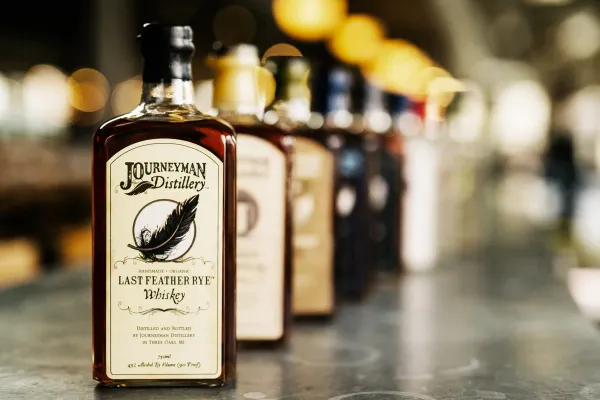Oak Species Unveiled: The Wood You’ll Wish You’d Rooted Out Sooner

Oak Species Impact: The Whiskey Tree You Can’t Skip
Oak isn’t just a barrel—it’s whiskey’s flavor forest, and if you don’t know the species behind it, you’re missing the roots of every sip. It’s law-bound and wood-deep. Here’s the sturdy truth about oak species in whiskey, straight from the rules, and why it’s your 2025 must-grasp.
What Oak Species Define Whiskey?
U.S. law mandates new charred oak barrels for bourbon, rye, and wheat whiskey—51% grain minimum, 160 proof max distillation, 125 proof max barreling, 80 proof minimum bottling. It’s American white oak (Quercus alba) 99% of the time—tough, tight-grained, no other species required. Every barrel’s oak shapes the spirit, no exceptions.
How Oak Species Influence Whiskey
American white oak—harvested, cut, and charred—holds spirit at 125 proof or less for two years or more—often four to eight. Its lignin, cellulose, and tannins break down under char—Level 1-4 burns—releasing vanilla, caramel, and spice as heat cycles it in warehouses. Other oaks (e.g., European) aren’t legal here—white oak’s the standard, locking in whiskey’s taste.
What Oak Species Mean for Your Whiskey
White oak’s vanilla softens bourbon’s corn sweetness, spices rye’s bite, and rounds wheat’s mellow—every sip’s golden hue and oak depth come from it after years. No additives—law ties every flavor to this species, making whiskey’s wood a singular truth.
Why Oak Species Matter in 2025
Oak species are whiskey’s flavor tree—by 2025, knowing American white oak’s grip could decode every pour’s woody heart. It’s the truth in the grain—don’t miss its roots. Want to taste oak’s legacy? Check out NEAT: Whiskey Finder—it’ll help you track down bourbon and whiskey near you.





